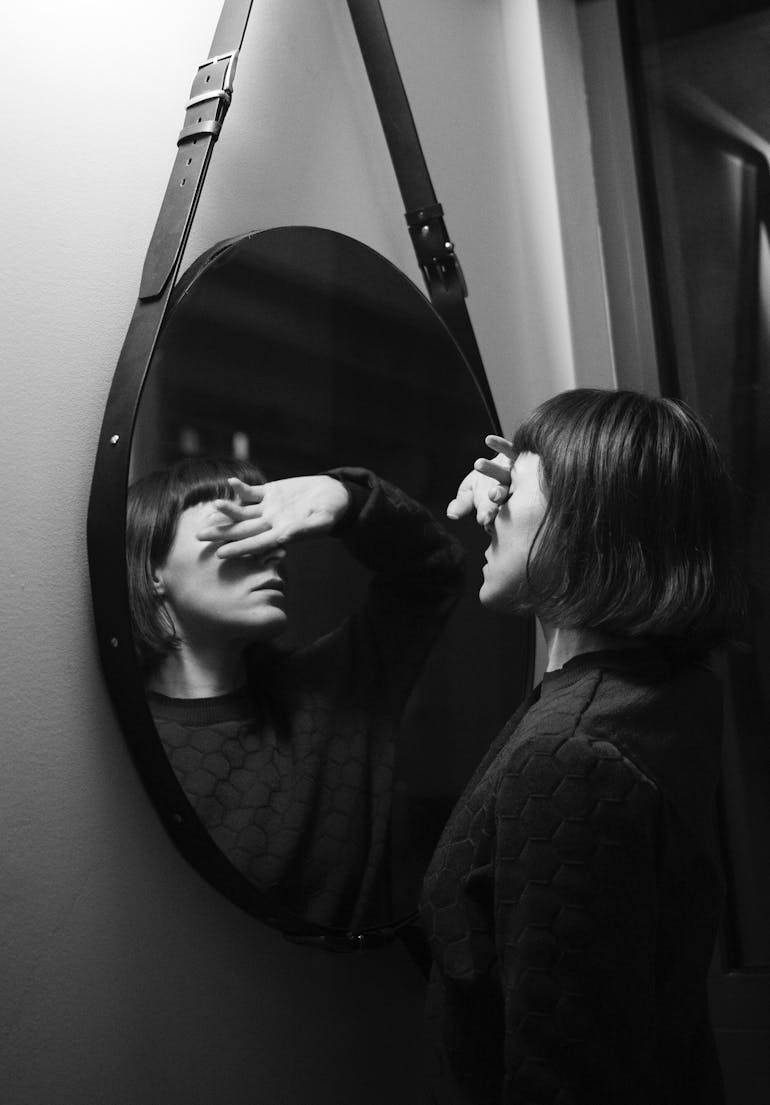Acne OTC treatments (Over-The-Counter)
Reviewed and fact-checked by Alessandro Grenci, Superintendent Pharmacist. Read our editorial policy to see how we create informative, accurate content.
Acne is a prevalent skin condition where hair follicles can get blocked by oil and dead skin cells, leading to whiteheads, blackheads, or pimples. Despite being most common among teenagers, it does not discriminate and can affect individuals of all ages. The condition can prove stubborn, with pimples healing slowly and new ones often appearing just as others are fading. Early treatment is key in preventing potential emotional distress and skin scarring, which could result from severe acne. Depending on severity recommended treatments will vary. In this article we will go over the main symptoms to look for in determining if you have acne, the causes of the condition as well as the main over-the-counter treatments that require no prescription. Let’s start with the symptoms and causes.
Symptoms and causes
What are common symptoms of acne?
Acne's signs differ based on the severity of the condition. It may present as whiteheads (closed plugged pores), blackheads (open plugged pores), small red, tender bumps known as papules, or pimples (pustules) which are papules with pus at their tips. More severe forms include large, solid, painful lumps under the skin (nodules), and painful, pus-filled lumps under the skin (cystic lesions). Typically, acne appears on the face, forehead, chest, upper back, and shoulders.
What causes acne and what factors can exacerbate it?
Acne originates from four key factors: overproduction of oil (sebum), clogged hair follicles by oil and dead skin cells, bacteria, and inflammation. It primarily appears on areas with the most oil glands, such as the face, forehead, chest, upper back and shoulders. Hair follicles, connected to these oil glands, can lead to whiteheads if the follicle wall bulges, or blackheads if the plug is open to the surface. Blackheads aren't dirt in pores, but congested with bacteria and oil, turning brown upon exposure to air. Infected or inflamed blocked hair follicles can lead to pimples, and deeper blockages can create cyst-like lumps beneath the skin.
Certain triggers can exacerbate acne, including hormonal changes, especially during puberty and midlife, specific medications such as corticosteroids, testosterone or lithium, and certain diets high in carbohydrates. While stress does not directly cause acne, it can worsen it if it's already present.
Treatments
Superintendent Pharmacist Alessandro:
Acne is a condition that takes time to manage and individuals respond differently to different treatments. There is no one-size-fits-all here and because acne can also be related to lifestyle it may be equally as important to find a medical treatment that works as it is to make changes in lifestyle to manage the condition.
As a starting point over-the-counter remedies may be a good option, of course depending on severity. Alessandro suggest testing Acnecide, Purifide or Quinoderm:
Acnecide
Acnecide treatments, topically applied to the skin, address the three primary causes of acne and spots. Their effectiveness is rooted in the active ingredient, Benzoyl Peroxide, which eliminates up to 95% of spot-causing bacteria. Additionally, Benzoyl Peroxide exhibits exfoliant and pore-unblocking attributes, thus minimising comedones, the dermatological term for blocked pores such as blackheads and whiteheads. All Acnecide formulations incorporate microsphere technology that not only absorbs excess oil but also introduces glycerin to maintain skin hydration.
Purifide
Purifide is a comprehensive skincare range designed for daily use on blemish and spot-prone skin. Its key functions are to maintain clear pores, balance oil levels, hydrate, maintain a balanced skin pH, and manage bacteria to reduce spots and foster clearer skin. For managing active breakouts or alongside Acnecide treatments, the Purifide Rebalance range is ideal, while the Control range is beneficial for maintaining clear skin and preventing blemishes. Each product in the Purifide range is formulated with active cosmetic ingredients, such as Glycerin, Salicylic acid, and Liquorice root extract, among others, that cater to various skin needs. All Purifide formulations undergo rigorous clinical and dermatological testing to ensure their efficacy and safety.
Quinoderm
Quinoderm Facewash utilises potent antibacterial properties to focus on skin prone to spots and acne. Its dual-action formula meticulously clears excess oils, grime, and dirt, often contributors to acne, from the skin's surface. Simultaneously, the facewash provides nourishment, rejuvenating the skin and encouraging a clean, healthy complexion. With components such as chlorhexidine digluconate and mytrimonium bromide, it's ideally suited for those battling acne, offering deep penetration into skin layers while leaving skin feeling refreshingly clean and healthy.
Seeking further medical attention
When should I consult a doctor about my acne issues?
If over-the-counter treatments aren't helping your acne, it's advisable to see your primary care doctor who can offer stronger prescriptions. Severe or persistent acne may warrant treatment from a skin specialist like a dermatologist. Women experiencing acne flares commonly a week before menstruation may find their acne naturally clears up with contraceptive use. However, sudden severe acne in older adults could be indicative of an underlying medical condition. Additionally, be aware of potentially serious reactions to some non-prescription acne lotions and cleansers, characterised by symptoms such as faintness, difficulty breathing, and swelling of the face or throat. If these symptoms occur, seek emergency medical assistance.

